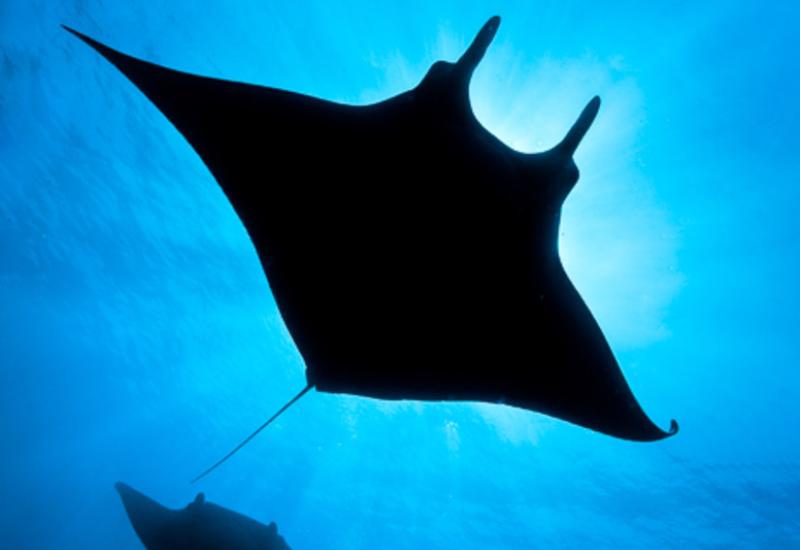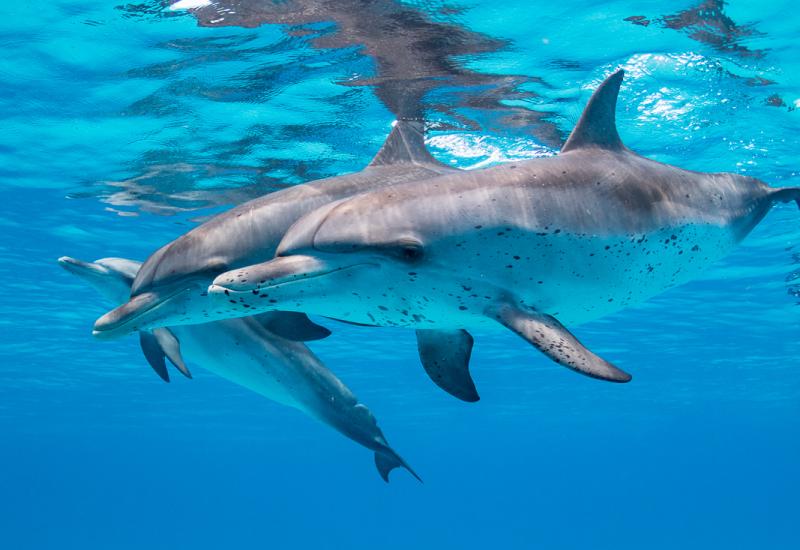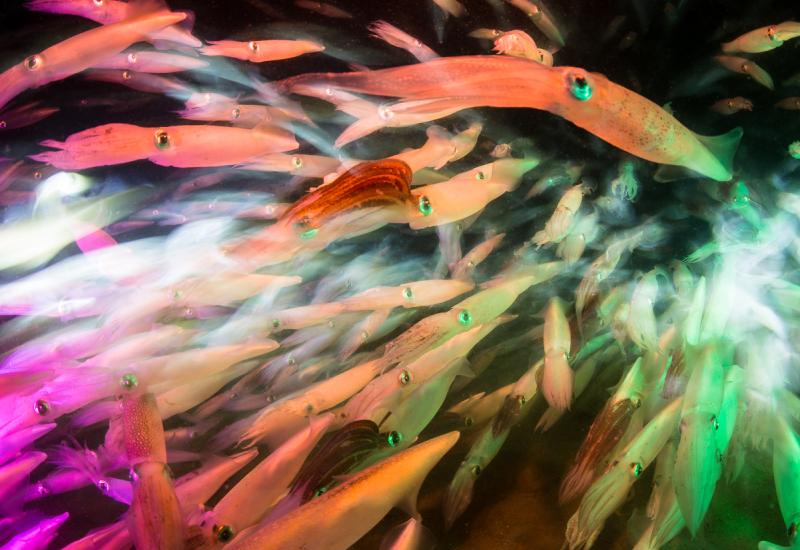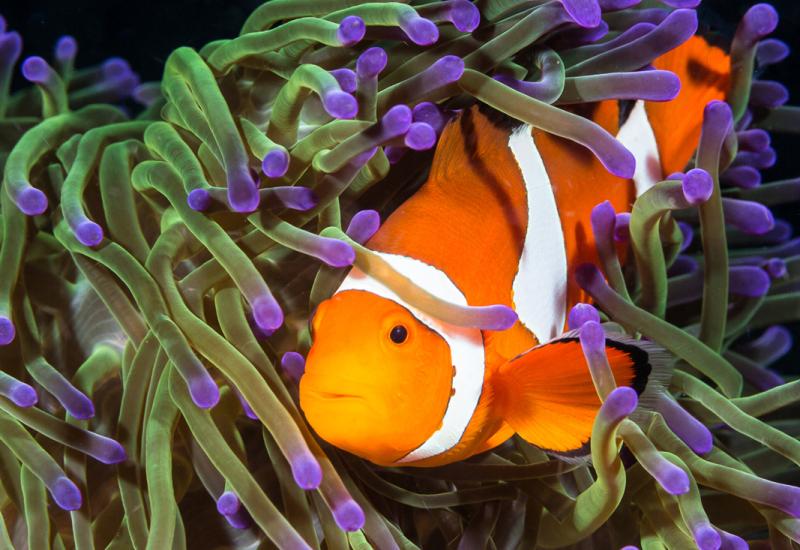Tips To Get Better Wide-Angle Underwater Photos
WHAT COUNTS AS WIDE ANGLE?
Anything that’s larger than a basketball should be considered a wide-angle subject. By using a wide lens with at least 100 degrees of coverage, you can get within inches to a few feet of your subject and still maintain an expansive background. By eliminating as much water as possible between the lens and subject, you will achieve better contrast and clarity, as well as more-effective light from your strobes.
Tip 1: Don't over think focus Wide-angle photography has lots of inherent depth of field, which is the amount of your image that is in focus from foreground to background. Since you have more depth of field behind your focus point than in front, set your focus on the nearest subject in the frame — which isn’t necessarily always in the center — to ensure that your entire image will be in focus. If you focus on the background, your foreground won’t be in focus.
Tip 2: f/8 and be there By leaving your aperture set, you can independently control your foreground light with your strobe and the background light with your shutter speed. Don’t have those controls on your camera? Exposure compensation (the +/- button) will control the background light.
Tip 3: Find more than one subject Having more than one subject will add more interest to your photos. If your dive buddy is busy taking his own photos and can’t model for you, try framing your shot with the dive boat or a sun ball in the background.
Tip 4: Look at the blues In most cameras, the auto-exposure settings will result in a background that is too bright and will have an unattractive cyan color to it, especially toward the top of the photo. To get a darker and more-pleasing blue color, increase your shutter speed, or if your camera doesn’t have that control, adjust your exposure compensation to the minus side.
An underwater photographer and videographer, Jim Decker is the CEO of Backscatter Underwater Video and Photo. In each Imaging+ column, he will tackle practical problems in underwater photography and videography.
WHAT COUNTS AS WIDE ANGLE?
Anything that’s larger than a basketball should be considered a wide-angle subject. By using a wide lens with at least 100 degrees of coverage, you can get within inches to a few feet of your subject and still maintain an expansive background. By eliminating as much water as possible between the lens and subject, you will achieve better contrast and clarity, as well as more-effective light from your strobes.
Tip 1: Don't over think focus Wide-angle photography has lots of inherent depth of field, which is the amount of your image that is in focus from foreground to background. Since you have more depth of field behind your focus point than in front, set your focus on the nearest subject in the frame — which isn’t necessarily always in the center — to ensure that your entire image will be in focus. If you focus on the background, your foreground won’t be in focus.
Tip 2: f/8 and be there By leaving your aperture set, you can independently control your foreground light with your strobe and the background light with your shutter speed. Don’t have those controls on your camera? Exposure compensation (the +/- button) will control the background light.
Tip 3: Find more than one subject Having more than one subject will add more interest to your photos. If your dive buddy is busy taking his own photos and can’t model for you, try framing your shot with the dive boat or a sun ball in the background.
Tip 4: Look at the blues In most cameras, the auto-exposure settings will result in a background that is too bright and will have an unattractive cyan color to it, especially toward the top of the photo. To get a darker and more-pleasing blue color, increase your shutter speed, or if your camera doesn’t have that control, adjust your exposure compensation to the minus side.
An underwater photographer and videographer, Jim Decker is the CEO of Backscatter Underwater Video and Photo. In each Imaging+ column, he will tackle practical problems in underwater photography and videography.










